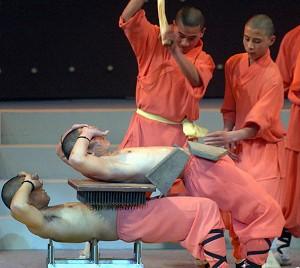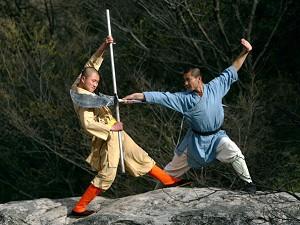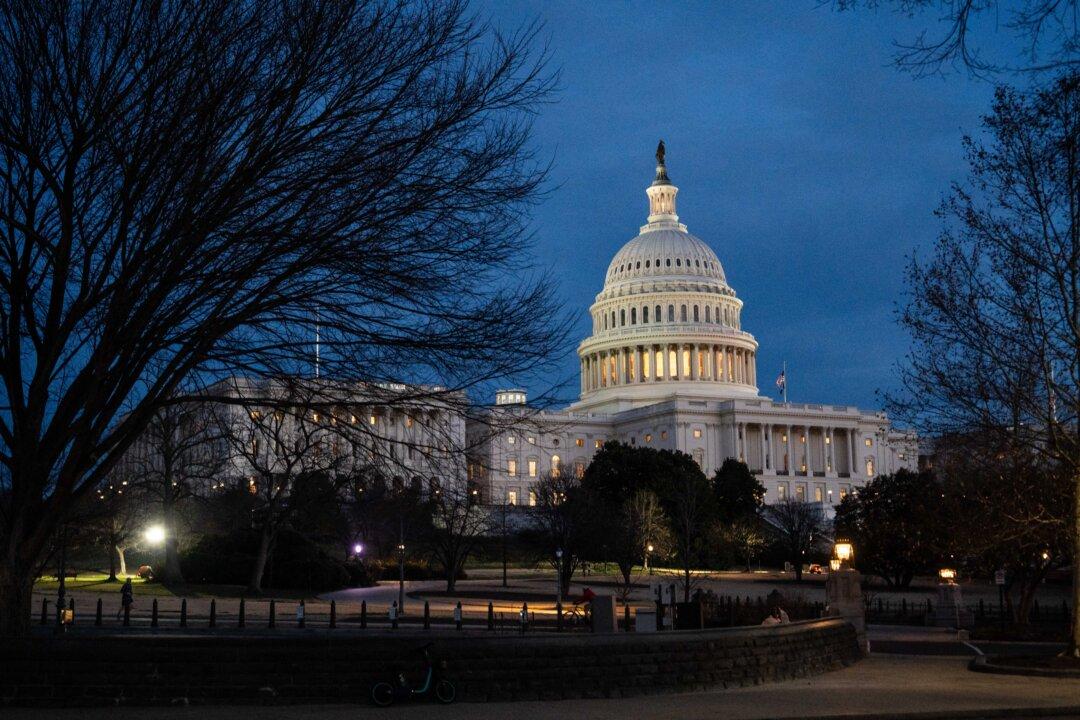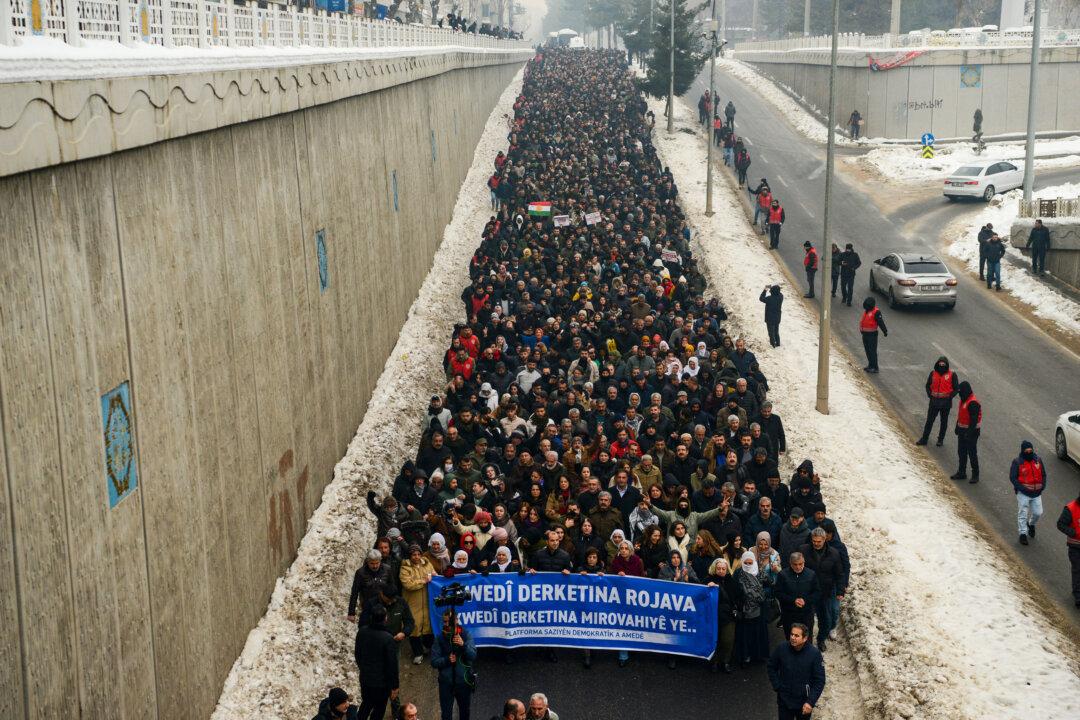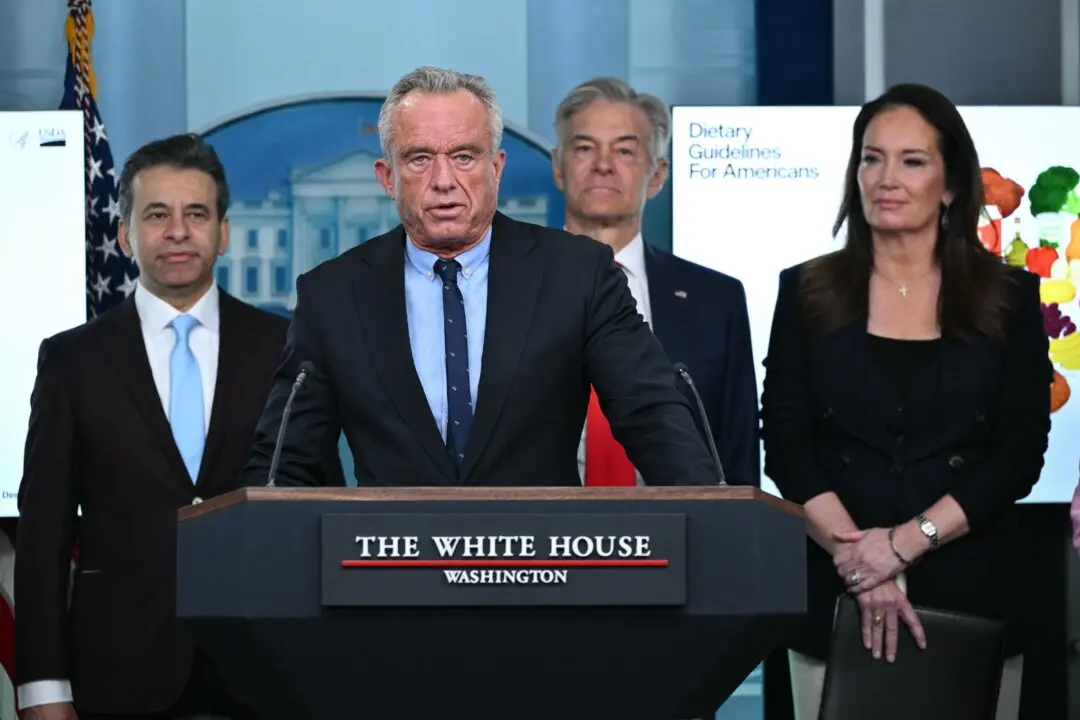Beijing recently launched the “Global Chinese Kung Fu Star TV Competition,” a reality TV show jointly produced by the Shaolin Temple and Shenzhen Satellite TV Station. This star-search will introduce a new group of young kung fu talents to the entertainment community of film, television and even Hollywood. The winner of this competition will land a role in the new movie New Shaolin Temple. This has sparked discussions about the Shaolin Temple’s movement towards secularization and commercialization.
Commercialized Buddhism
According to Xinhua.Net, Fu Min, the head of Shenzhen Satellite TV, first proposed the idea of the “Global Chinese Kung Fu Star TV Competition” based on the singing contest “Super Voice Girl”. Fu Min claims that when he shared the idea with Shi Yongxin, the current abbot of Shaolin Temple, Shi completely agreed and supported it. According to Fu Min, the Shenzhen TV Station will pay the show’s entire cost of over 20 million yuan, since Shaolin Temple does not participate in business ventures.
Fu Min conservatively estimated that more than 200,000 contestants will register for the six-month-long contest. In addition to kung fu abilities, the contestants must display artistic capabilities and give strong stage performances. Those who make it to the finals will sign a contract with the China Kung Fu Star Performance Brokerage Company. The winners will have an opportunity to play a role in the TV series, “New Shaolin Temple: Monks in the Army” and the Hollywood movie New Shaolin Temple. In order to avoid any conflict of interest, the monks practicing in the Shaolin Temple will not participate in the contest.
Fu Min explained that the plan is to produce a trilogy of the TV series that will span 120 episodes and give a background of the history of the Shaolin Temple. The first of the trilogy will be New Shaolin Temple: Monks in the Army, “ which will span 40 episodes and cost 30 million yuan. The cost and investment plans for the movie New Shaolin Temple are not yet revealed, but shooting is set to start next spring or summer.
Public Welfare or Blasphemy?
Throughout history the Shaolin Temple has been considered mystical and the treasure trove of many kung fu secrets. Today, the ancient temple is devoting itself to film and TV star-searching with great enthusiasm. However, Fu Min repeatedly emphasized, “What we are doing is a cultural promotion, not cultural industry. Promotion for is improving public welfare, while industry is commercialism. Shaolin Temple does not make any money from this activity.”
Shaolin Temple will not exactly end up empty-handed. Fu states that Shenzhen Satellite TV Station will pay Shaolin Temple in the form of donations. It will pay over one million yuan of donations to the charity organizations, including the Chinese Traditional Kung Fu Research Foundation and the Children’s Shaolin Temple established by the Shaolin Temple. Fu Min added that the size of the donation has no direct relationship with the popularity or otherwise of the TV show.
Huaxia.Net posed the question: How will producing an entertainment program called “Super Monk”—which imitates the singing contest “Super Voice Girl”— bring any honor to Buddhist doctrine? Using Buddhism as entertainment is a blasphemy to the Pure Land of Buddhism.
Shaolin Popularized by Modern Culture
